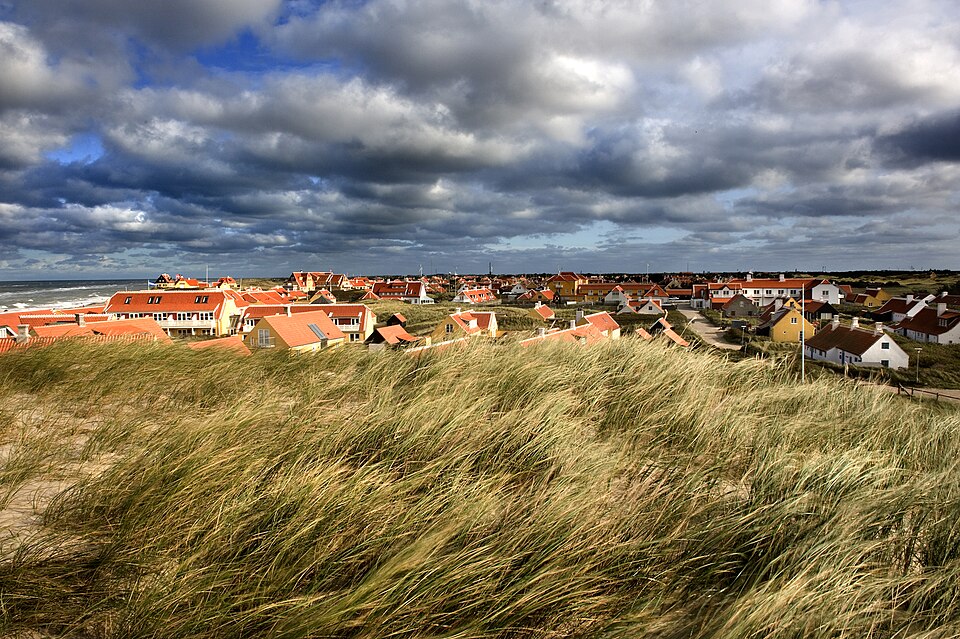

Curated experiences in Skagen

The Skagen Odde Nature Centre (Danish: Skagen Odde Naturcenter), on the northern tip of Denmark's Jutland, is a museum devoted …
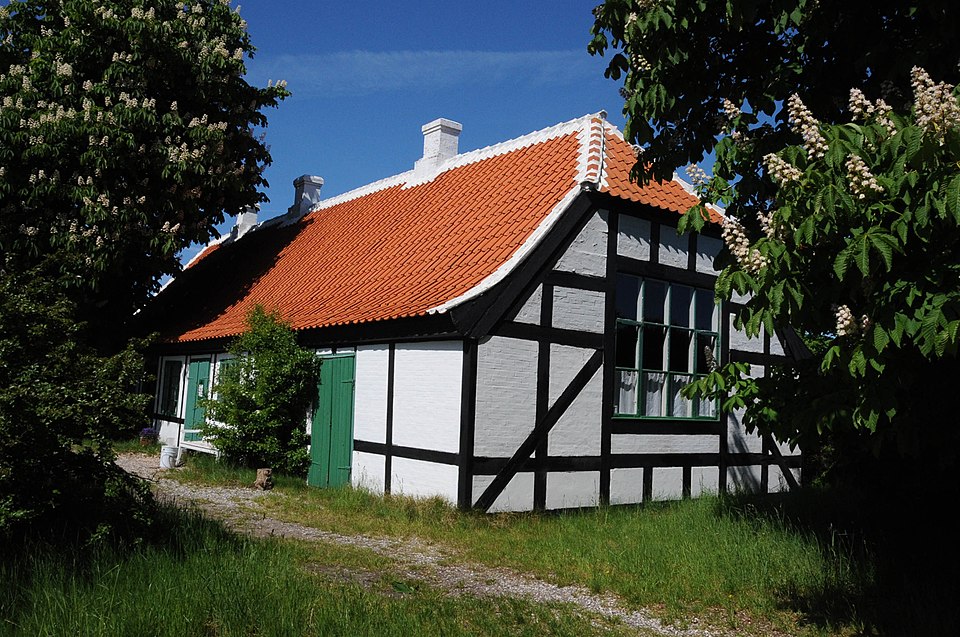
Drachmann's House (Danish: Drachmanns Hus), also known as Villa Pax, is one of the major houses of Skagen, northern Denmark. …
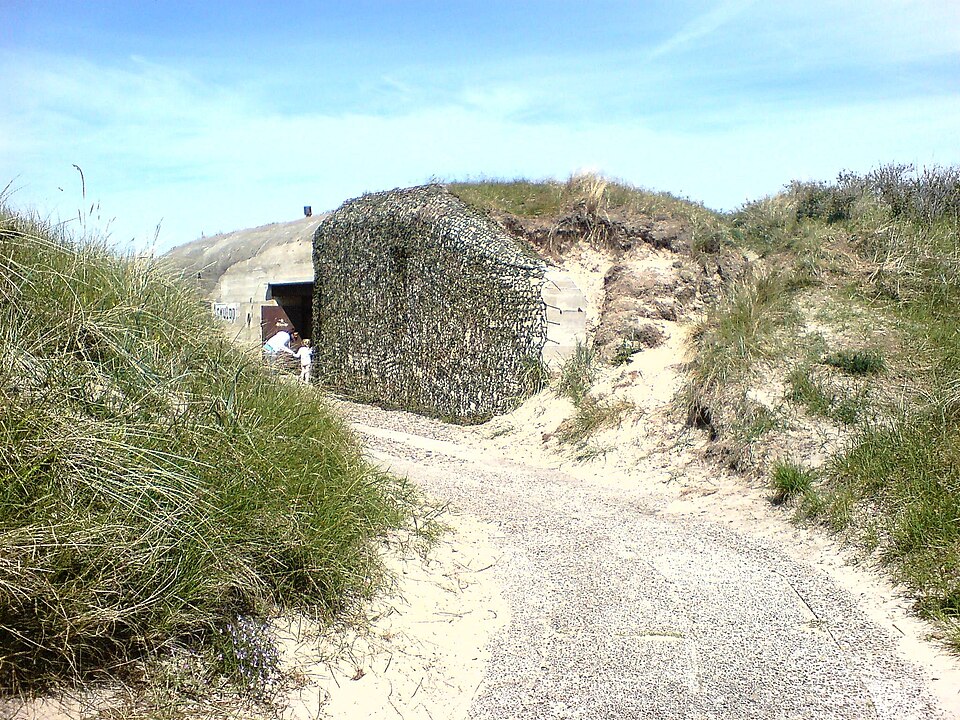
Skagen Bunker Museum is a private museum near the tip of Grenen in the far north of Jutland, Denmark. It …

Skagen Town and Regional Museum (Danish: Skagen By- og Egnsmuseum) is a private museum in Skagen in the far north …
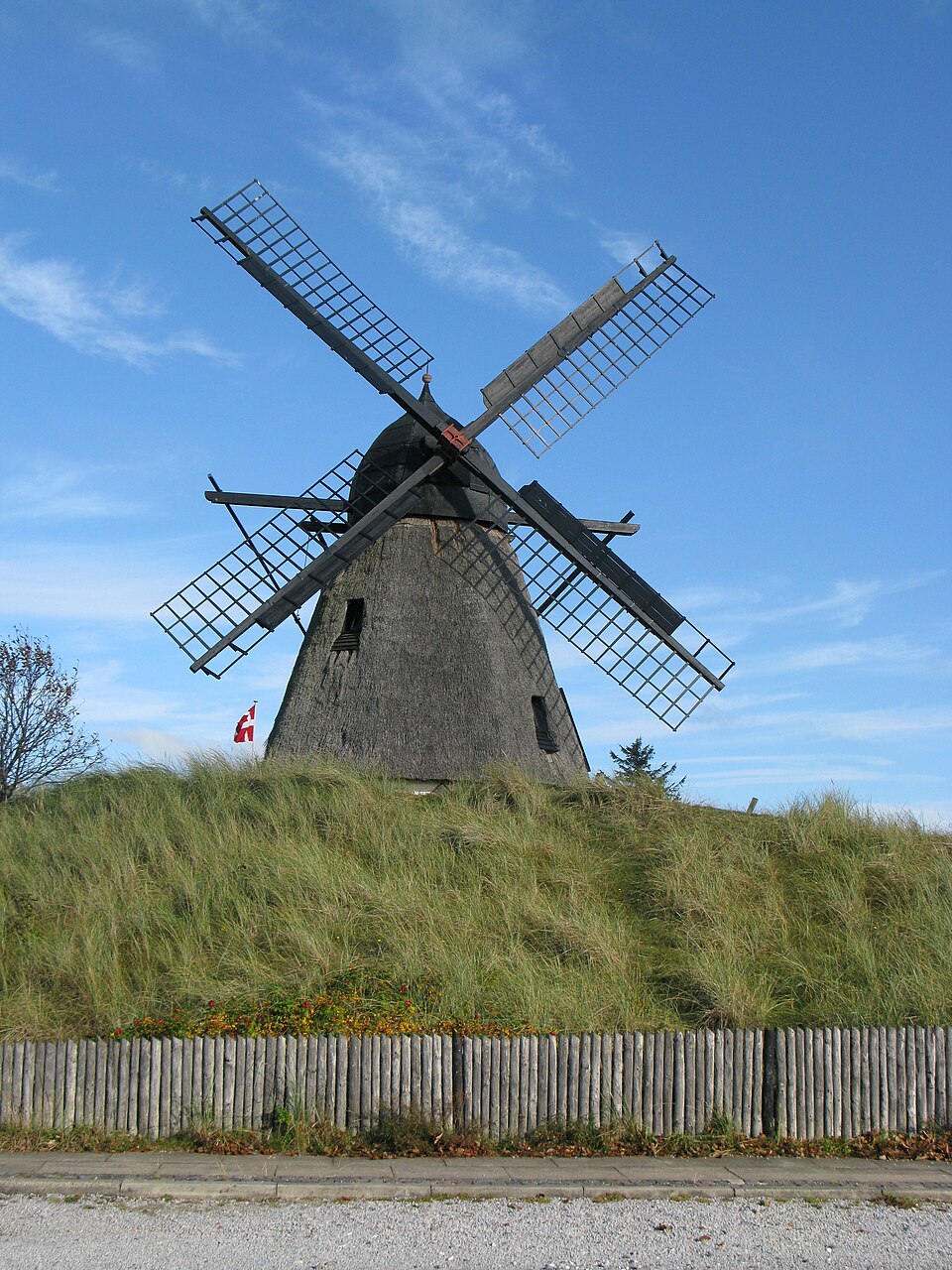
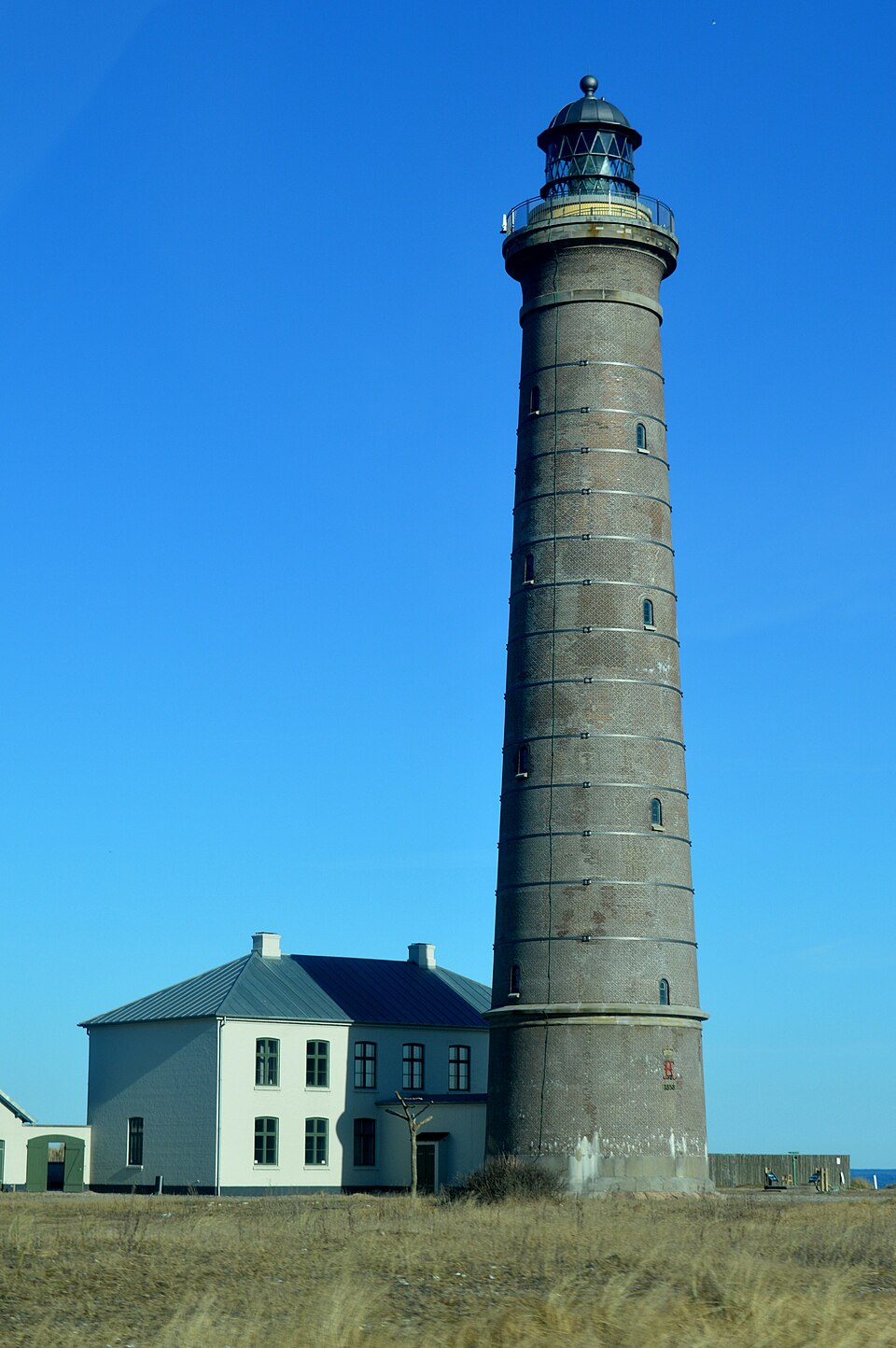
Skagen Lighthouse (Danish: Skagen Fyr), also known as Skagen's Grey Lighthouse (Det Grå Fyr), is an active lighthouse four kilometres …
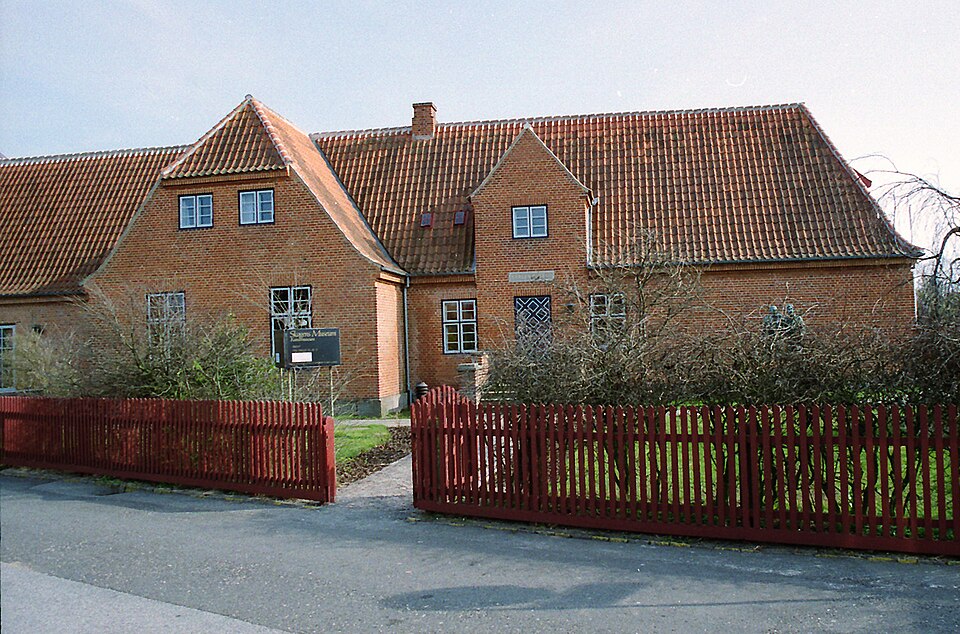
Skagens Museum is an art museum in Skagen, Denmark, that exhibits an extensive collection of works by members of the …
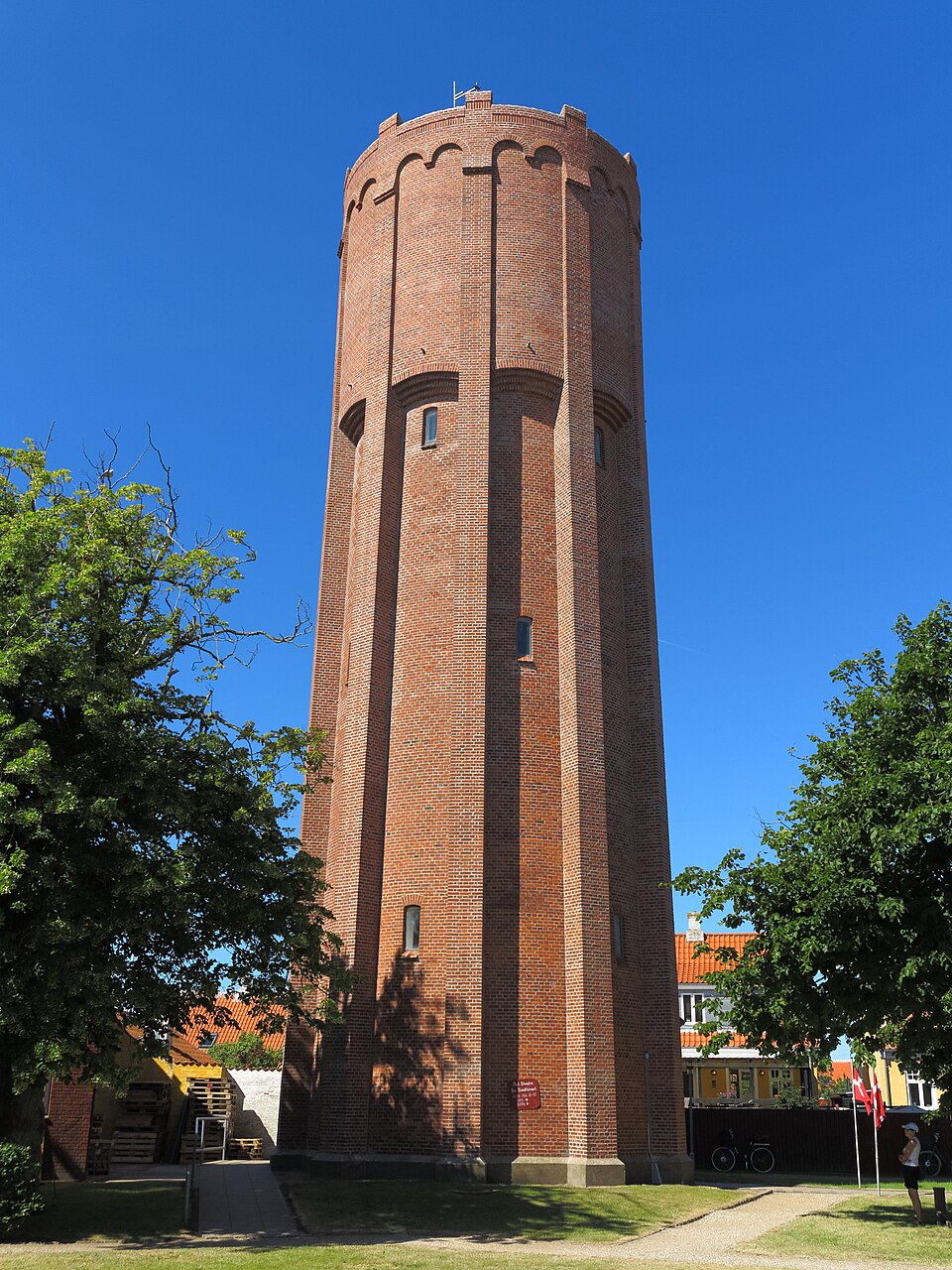
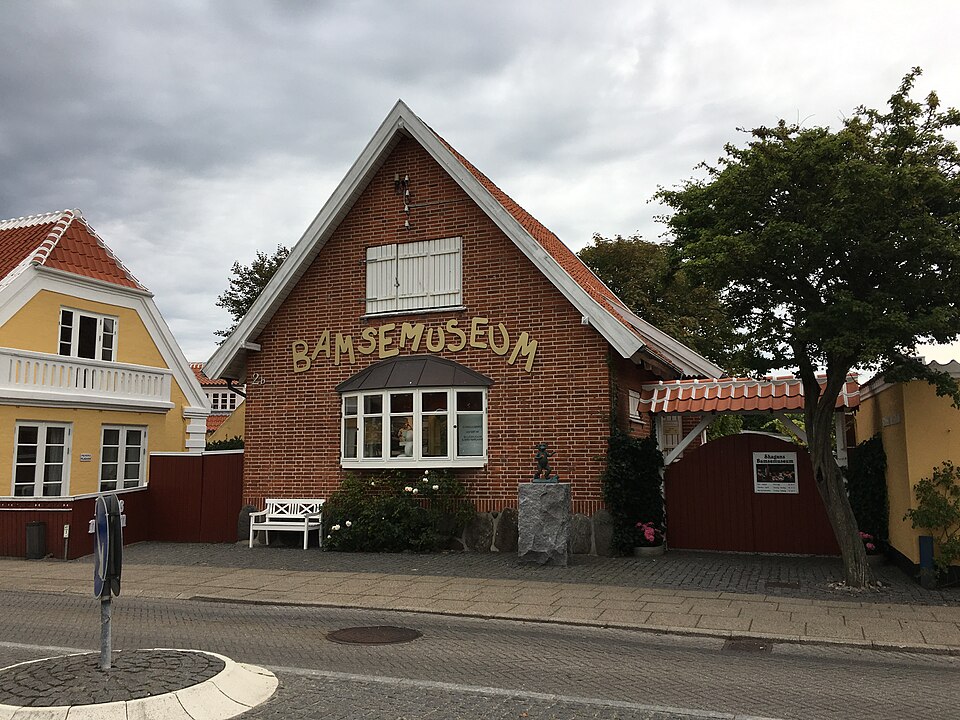
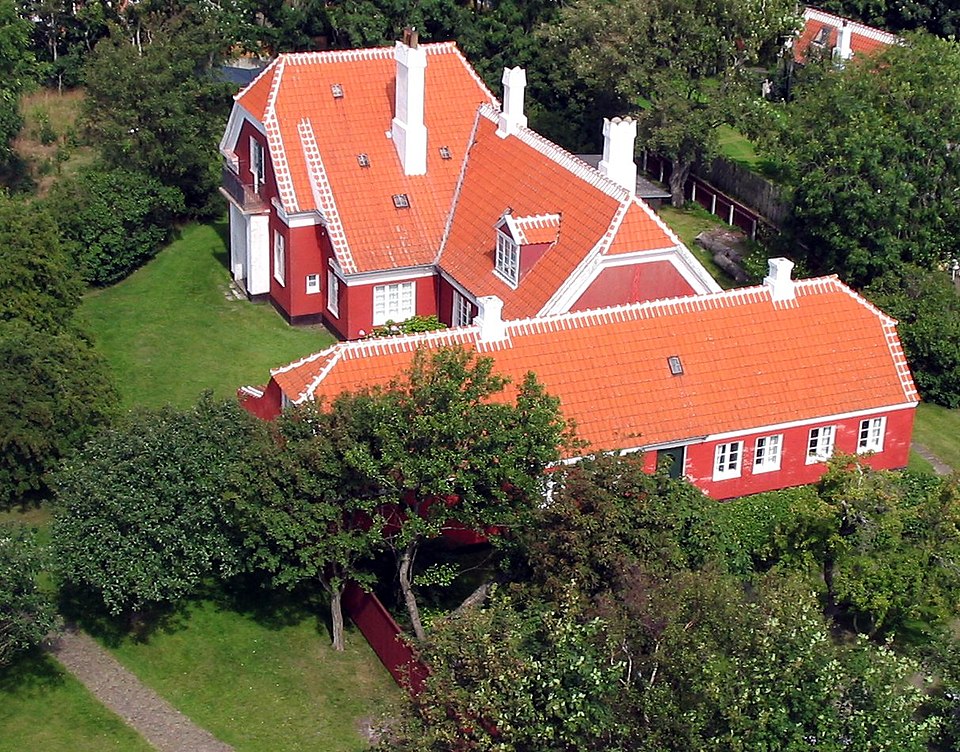
Anchers Hus is an art museum and gallery situated in the former residence of the painters Michael and Anna Ancher …


The Sand-Covered Church (Danish: Den Tilsandede Kirke, also translated as The Buried Church, and also known as Old Skagen Church) …
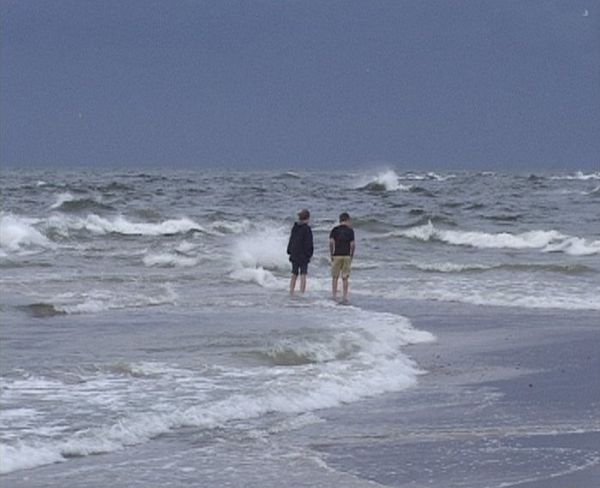
Grenen is a long sandbar spit at Skagen Odde (the headland of Jutland), north of the town of Skagen.
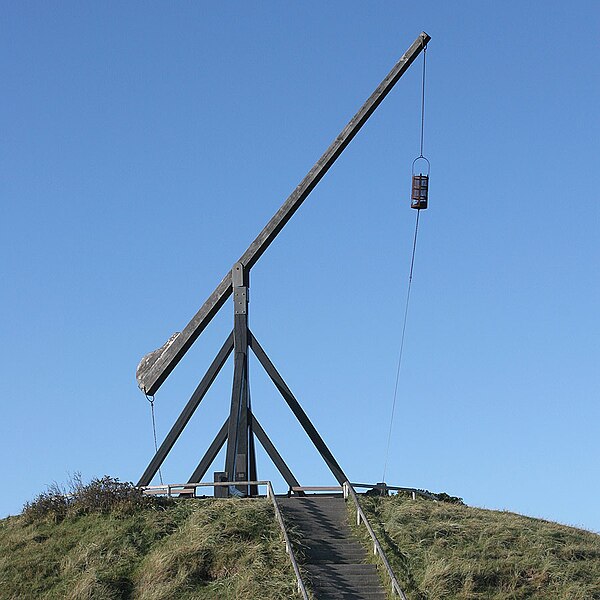
Skagen's Vippefyr (sometimes referred to in English as Skagen's Lever Light) is a navigational light mechanism located in Skagen in …
Create a personalized itinerary and unlock the finest experiences Skagen has to offer
Plan Your Trip